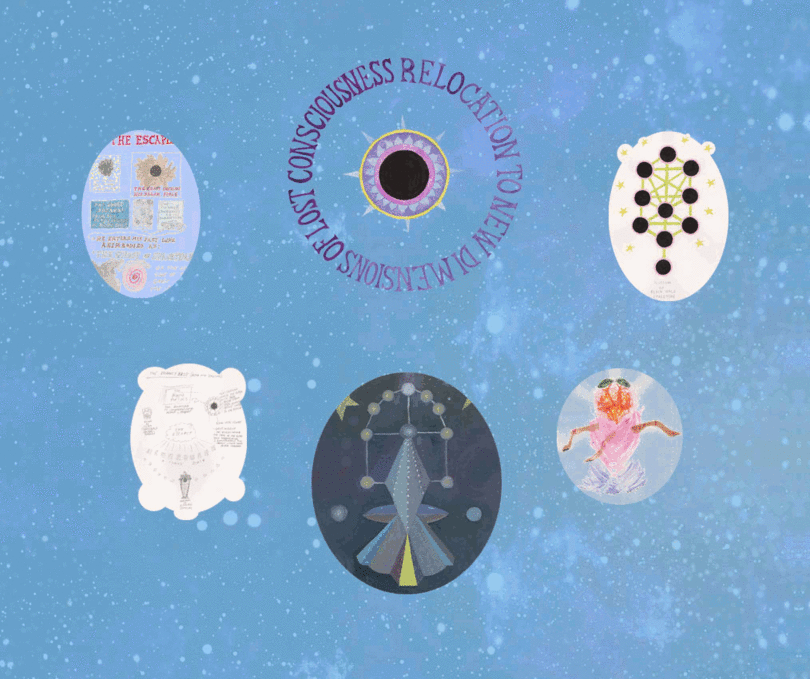Artforum: Interview Suzanne Treister
'Last spring, I began a residency at CERN, where I investigated the holographic principle, an interest of mine for quite a few years. When three-dimensional objects enter a black hole, they apparently leave a two-dimensional equivalent of themselves on the event horizon around it. This, if you are a theoretical physicist, leads you to deduce that reality is holographic. If you want to extrapolate from that, you could say that, if our universe were holographic, then at the place that theoretical physicists call the boundary—which is like an infinite space-time away from us, so far that we can’t ever get to it—there would be two-dimensional equivalents of everything, including us. About five years ago I developed a theory, which began as a kind of joke, that the whole history of art, from cave paintings up to now— despite what art historians thought and what artists themselves claimed they were doing—was really an attempt to describe this holographic reality. Perhaps, on a deeper level, artists sensed this. To test my theory, I echoed the methodology of CERN’s Large Hadron Collider, which accelerates particles in a loop. I gathered thousands of images representative of art history and accelerated them chronologically at twenty-five images per second in a 16.54-minute video loop. If you recognize one artwork, your brain holds on to it, and you miss about a hundred more. But if you let yourself go and just look at all the images flashing, it creates a holographic sensation.' Check the whole interview at Art Forum.

Courtesy the artist, Annely Juda Fine Art, London and P.P.O.W., New York. Source: Art Forum